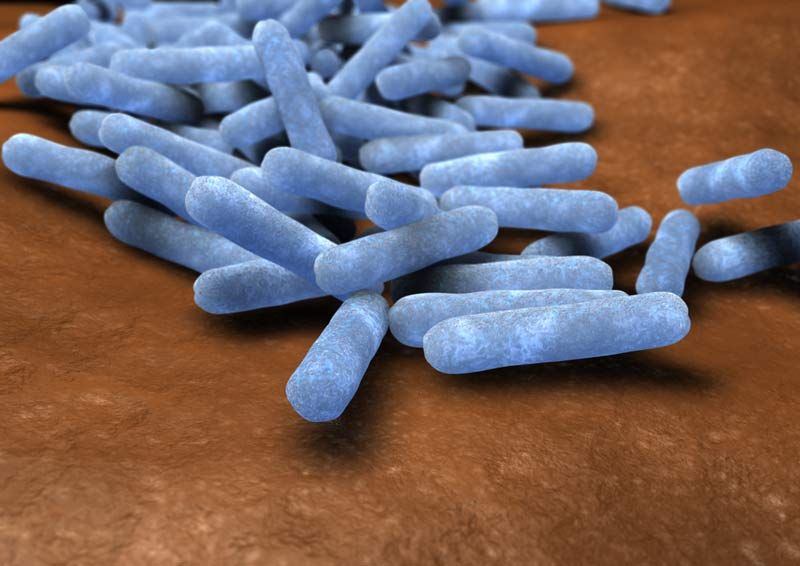Attack of the Killer Bacteria: Superbugs, Prepare to Die!

Predatory bacteria that devour microbes could help kill potentially lethal drug-resistant germs when antibiotics fail, researchers say.
Antibiotics currently help fight bacterial infections both in people and livestock, saving countless lives. However, constant use of these drugs has now bred germs resistant to many antibiotics — superbugs that some experts warn could lead to apocalyptic scenarios. Scientists at the Centers for Disease Control and Prevention have estimated that each year in the United States, nearly 2 million patients acquire infections in hospitals. Many of these infections are caused by these drug-resistant contagions.
Scientists are hunting for ways to overcome drug-resistant bacteria, such as viruses known as bacteriophages, which infect and kill only bacteria. Now investigators suggest predatory bacteria that eat other bacteria may serve as vital allies, too. [7 Devastating Infectious Diseases]
"The use of biological agents against antibiotic-resistant bacteria is something a lot of people don't want to consider in general, but now they're starting to consider it, because we're losing options against a lot of pathogens," said researcher Daniel Kadouri, a microbiologist at the University of Medicine and Dentistry of New Jersey in Newark. "We're in a bad position right now."
Researchers experimented with two kinds of predatory bacteria — Bdellovibrio, which latch onto prey and develops within it, and Micavibrio, which attach to victims and then grows outside them, sort of enveloping the prey. Previous work found these bacteria could attack a wide range of germs that afflict humans, such as Salmonella and E. coli, although it was unclear whether they might also target drug-resistant microbes.
The scientists unleashed these predatory bacteria on drug-resistant strains of four kinds of germs — Acinetobacter baumannii, which typically strike intensive-care units and other settings that house ill patients; E. coli and Klebsiella pneumoniae, both of which normally dwell in human guts; and a variety of Pseudomonas species, which are becoming increasing prevalent in hospitals. The predators were able to kill large numbers of these microbes.
"This is the first time it's been shown that predatory bacteria can take on antibiotic-resistant pathogens," Kadouri told LiveScience. "This is something that could, in the future, be used to control them."
Sign up for the Live Science daily newsletter now
Get the world’s most fascinating discoveries delivered straight to your inbox.
The predatory bacteria only attack certain kinds of microbes, such as the kinds the researchers exposed them to. For instance, they do not target human cells. Experiments also suggest the predatory bacteria were not toxic to human eye cells grown in lab dishes, suggesting they may be safe for use as therapies.
The researchers are now experimenting with these predatory bacteria on live animals. The scientists do not plan to inject these microbes into the animals because it could end up setting off an unhealthy immune response. Rather, they plan to apply the bacteria on surface wounds or burns to heal infections, Kadouri said.
The scientists detailed their findings online May 1 in the journal PLOS Pathogens.
Follow LiveScience on Twitter @livescience. We're also on Facebook & Google+. Original story on LiveScience.com.












